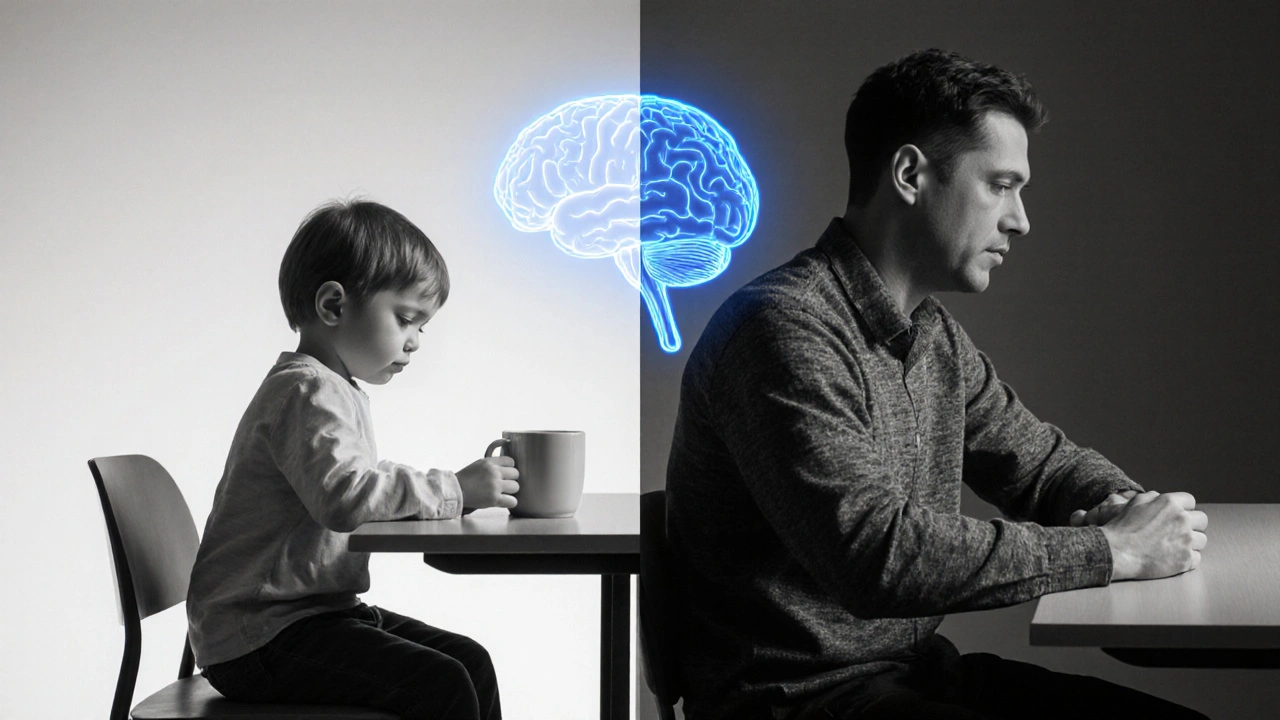ADHD Symptoms: Recognizing the Signs and What They Mean
When you start to notice ADHD symptoms, the everyday behaviors that point to Attention Deficit Hyperactivity Disorder in both children and adults, you’re looking at the first clue that a deeper assessment may be needed. These signs show up as trouble focusing, impulsive actions, or restless energy that’s hard to shake. They’re not just quirks; they can affect school performance, work productivity, and relationships. Knowing what to watch for helps families decide when to seek professional help, and it gives doctors a starting point for a full evaluation. ADHD symptoms often appear before the age of twelve, but many people don’t get a diagnosis until later in life when the challenges become harder to hide.
Key Areas to Watch
Understanding Attention Deficit Hyperactivity Disorder, a neurodevelopmental condition marked by inattention, hyperactivity, and impulsivity means looking at three main groups of symptoms: inattention, hyperactivity‑impulsivity, and combined presentations. The diagnostic criteria, the official checklist used by clinicians, usually from the DSM‑5 requires that at least six signs persist for six months and interfere with daily life. Examples include frequently losing items, interrupting others, or feeling driven to move even when seated. Around two‑thirds of people with ADHD also face co‑occurring conditions like anxiety, learning disabilities, or sleep disorders, which can mask or intensify the primary signs. Recognizing the pattern of these behaviors—not just isolated incidents—helps differentiate ADHD from normal childhood energy or stress‑related lapses.
Once the symptoms are identified, the next step is figuring out treatment options, the mix of medication, therapy, and lifestyle changes that improve focus and reduce impulsivity. Stimulant medications such as methylphenidate or amphetamines are often first‑line because they boost dopamine and norepinephrine activity, sharpening attention. Non‑stimulant drugs like atomoxetine work for those who can’t tolerate stimulants or have certain heart conditions. Behavioral therapy, coaching, and organizational skill training round out the plan, especially for kids who need school accommodations. Nutrition, regular exercise, and good sleep hygiene also play a surprisingly big role; many patients notice calmer minds when they keep a steady routine. Below you’ll find a curated selection of articles that dive deeper into each of these topics—real‑world tips for spotting symptoms, navigating diagnosis, and choosing the right treatment path.
ADHD Explained: Symptoms, Causes & Treatment Options
- Laura Ledas
- Jul, 14 2025
A clear, friendly guide to ADHD covering symptoms, causes, diagnosis, and treatment options for both kids and adults.
Learn More